Lake Michigan and the Indian Ocean currently have something eerily in common.
Searches for missing airliners are happening simultaneously on both bodies of water.
The Lake Michigan search is for Northwest Airlines Flight 2501 which is believed to have crashed somewhere in the south-eastern area of the lake on June 23, 1950.
All 58 lives were lost.

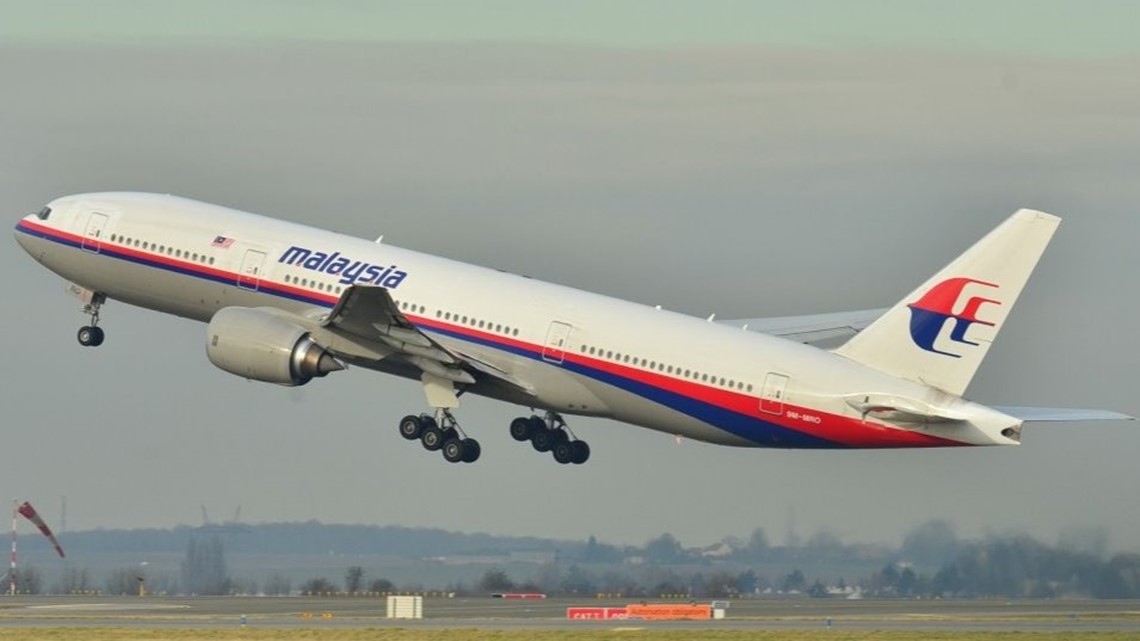
The quest on the Indian Ocean is for Malaysia Flight 370 which disappeared en route from Kuala Lumpur to Beijing on March 8, 2014.
239 people perished.
The search for NWA Flight 2501 began in 2004 when the Holland-based Michigan Shipwreck Research Association (MSRA) decided to add it to their growing list of desired discoveries. The MSRA, alongside famous author, explorer Clive Cussler and National Underwater and Marine Agency (NUMA) underwater archeologist Ralph Wilbanks, entered into a joint venture to find the missing plane.

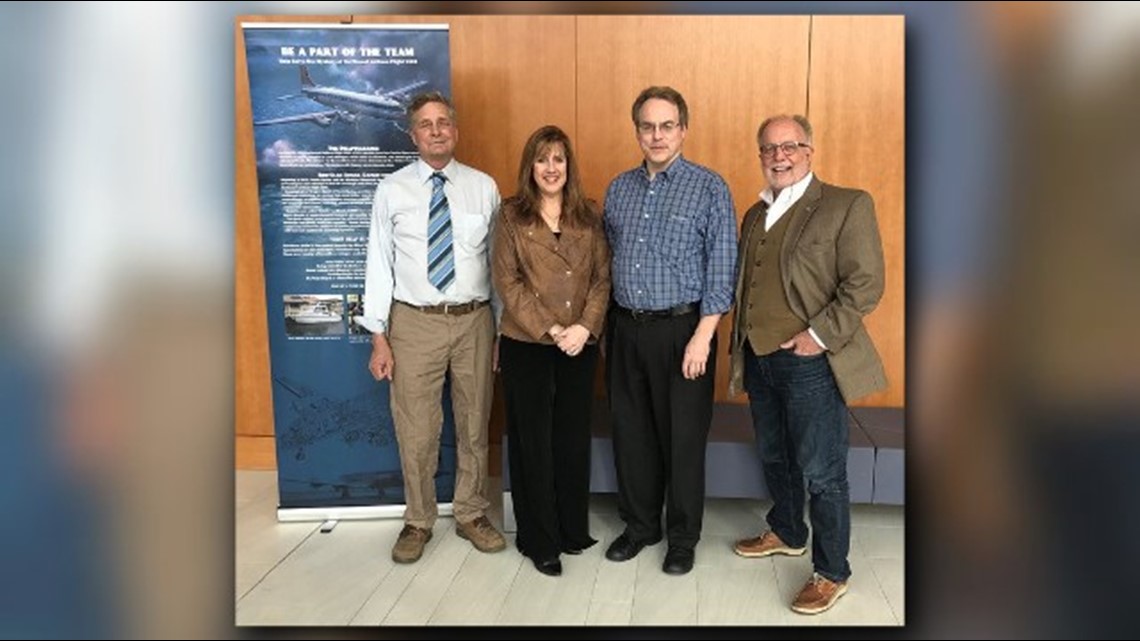
"We're a group of shipwreck hunters trying to solve maritime mysteries and losses in the Great Lakes, so we decided to search for Flight 2501," said Valerie van Heest, who is the author of 'Fatal Crossing: The Mysterious Disappearance of NWA Flight 2501 and the Quest for Answers.' "We thought we might stumble upon the remains of the plane while looking for shipwrecks, but that proved to be easier said than done."

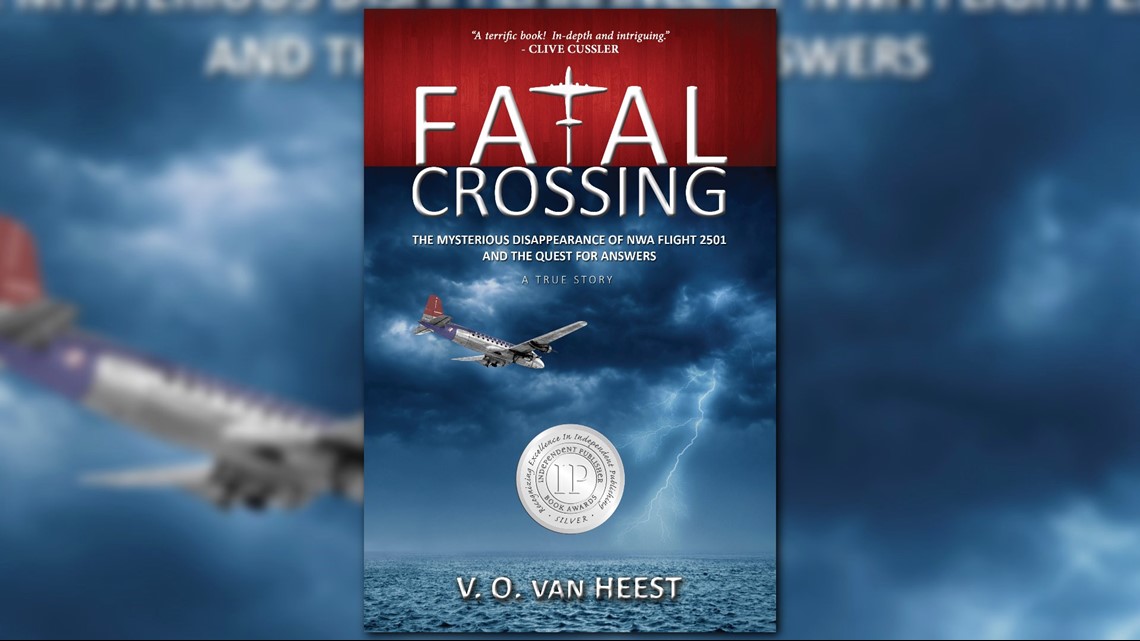
As the director of the MSRA, van Heest's desire to find Flight 2501 has grown stronger over the years.
"We've never given up hope," said van Heest.
For the past 14 years, Cussler, Wilbanks and the NUMA explorers have traveled to South Haven, Mich. and joined forces with van Heest and her MSRA crew, with the hopes of finding Flight 2501.
"In the space of 12 years, we found 10 shipwrecks while searching for Flight 2501, but not the plane," added van Heest.
When van Heest wasn't on a boat searching for Flight 2501, she was at home researching it.
"I wanted to narrow down the site where the plane likely crashed," said van Heest. "I scoured over weather records, court transcripts and interviewed a number of experts who worked for Northwest Airlines, including pilots.

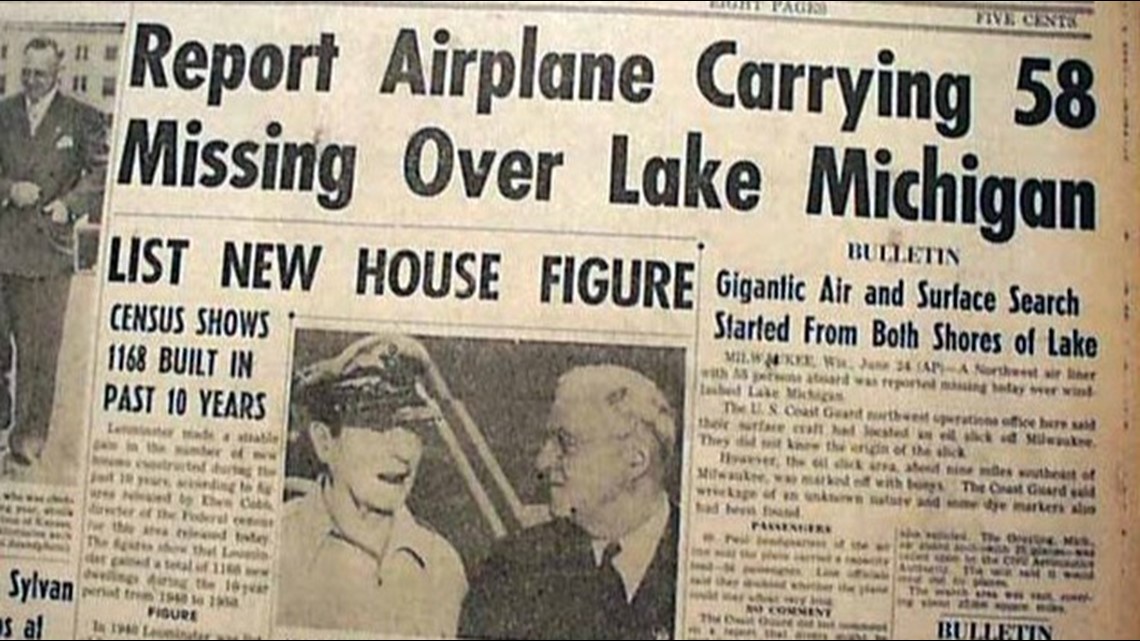
"I started to find families and people who had lost someone on Flight 2501, and realized all those people wanted the same answers I was seeking. It became that much more important to us than just being able to put an 'X' on a map [indicating we found the wreckage]. The discovery of NWA Flight 2501 will offer these people closure and answers, and we wanted very badly to do this for them."
During the 14 year search, each spring when they resumed their expeditions, the group of explorers stuck to a defined area off the coast of South Haven, which was near NWA Flight 2501's flight path.
"We covered 500 square miles off the coast of South Haven," said van Heest. "After 14 years of searching that same area, it became apparent to me that the wreckage was not going to be found in that area.

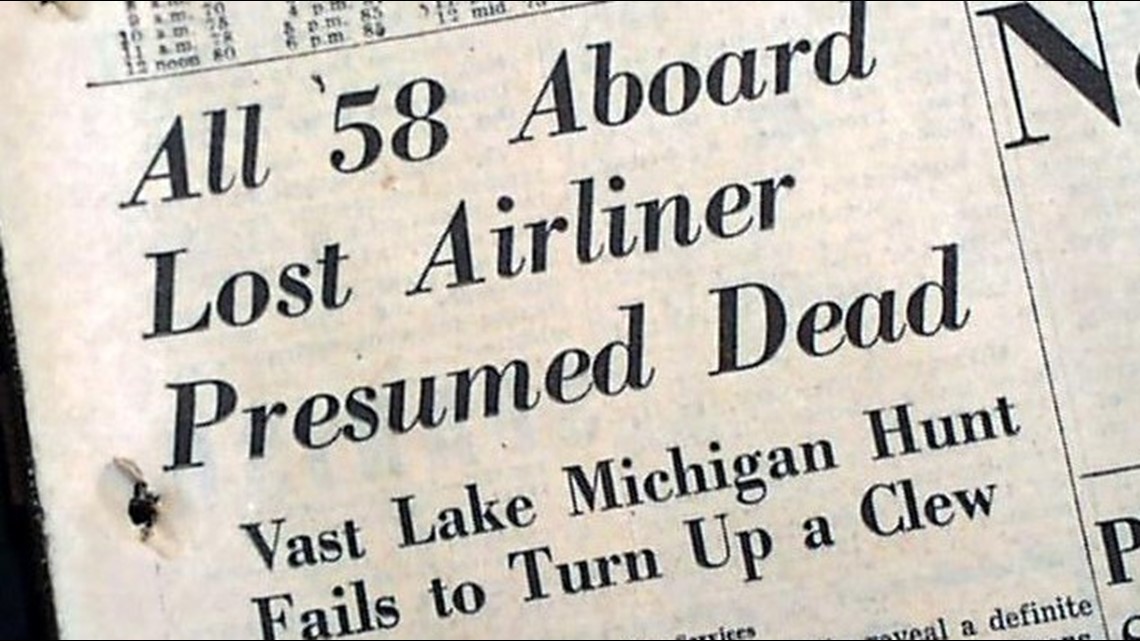
"We were at wits end, and I wanted the search to go farther south in Lake Michigan, closer to Benton Harbor and St. Joseph."
In January 2018, van Heest learned that Cussler's sonar operator, Ralph Wilbanks, decided he no longer wanted to continue with the project.
"[Ralph] believed that the search was moving into water too deep for his equipment," said van Heest.

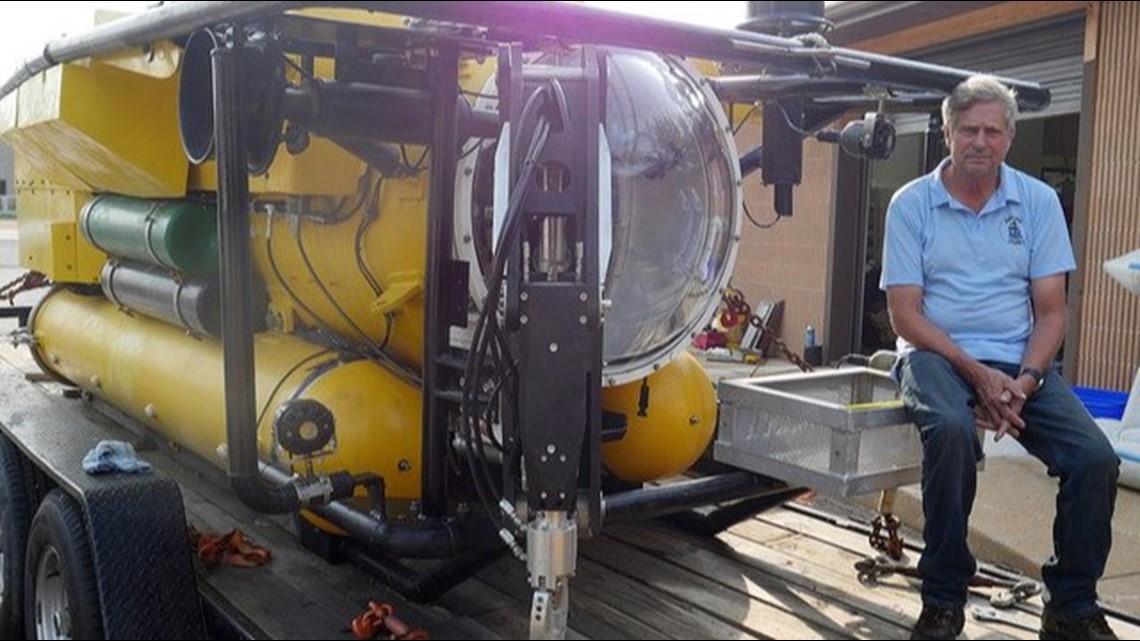
A new partner emerged in February 2018. His name is Greg Busch, who has more than 40 years experience as an oceanographer. He owns and operates Busch Marine in Freeland, Mich.
"Soon after Valerie and I started our dialogue, we quickly realized that we had similar ideas to where the plane likely crashed," said Busch. "This will be an interesting technical challenge because it's not often you get to search for an airplane, especially one that's been down for close to 70 years."
Busch says he's researched NWA Flight 2501, independent of the MSRA, and is confident that his state-of-the-art equipment will ultimately locate the plane's debris field on the lake's bottom.
"For this particular project, we designed a special sonar sled," said Busch. "It actually has four different sonars on it and operates on four different frequencies.
"Our higher resolution sonars can pick up an objet the size of a softball on the lake bottom."
The waters off the coast of St. Joseph run 300 feet deep in spots, which is much deeper than the previous search area near South Haven.
"We don't believe the plane will be buried in sediment on the bottom," added Busch. "We're looking for a debris field made up of aluminum pieces. I also think the tail section of the plane will still be fairly intact, and the landing gear will also be detectable."

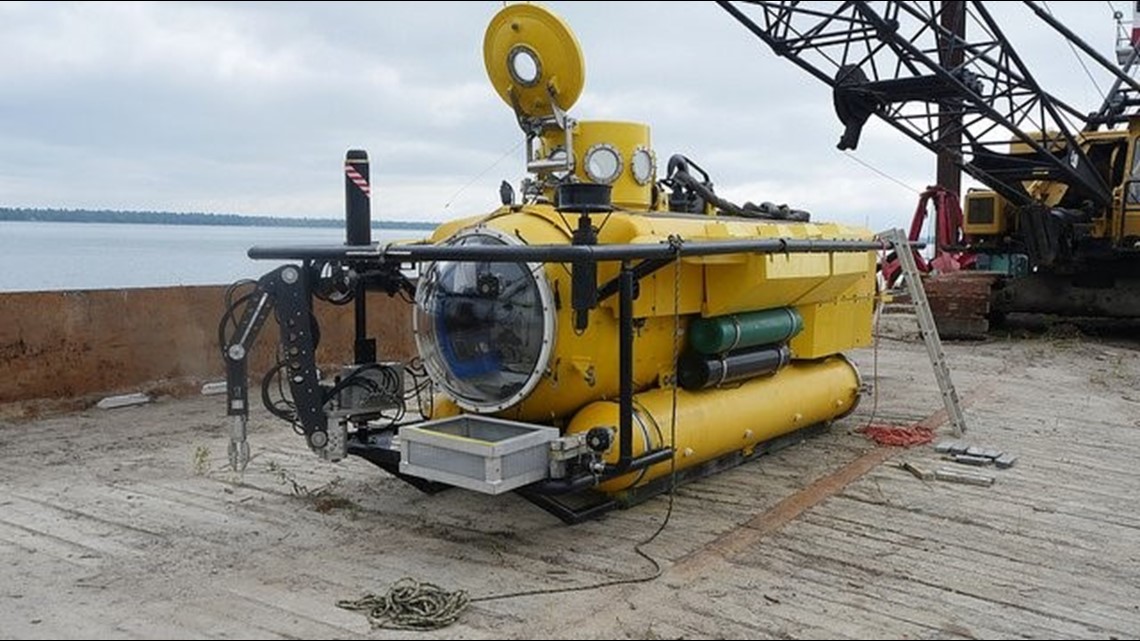
Busch also has a 3-man-submersible vehicle which can be used to explore the lake bottom when sizable targets of interest pop up on the side-scan sonar.
"A pilot and two other people can travel up to 1,000 feet deep without issue in the submersible," said Busch. "It's fully oxygenated; you can take your lunch down there, eat, and get up close and personal with the airplane, should we discover it."
"Having that submersible will be great for the search," said van Heest. "The Lake Michigan waters are still too cold to put technical divers in."
Once he officially joined forces with the MSRA, Busch decided he would donate his time and resources free of charge.
"I'm going to stay with this search and see it through to the end," said Busch. "I'm doing it for Valerie, because her passion for finding this airplane runs deep. I'm also doing it for all the families who lost loved ones in this tragedy 68 years ago."
Members of the MSRA, along with Greg Busch, hope to begin expeditions in early June, meticulously choosing days with favorable lake conditions.
Their home base will be Anchor's Way Marina, which is in St. Joseph.
"Greg and I wanted to start searching in April, but winter never wanted to release its grip this year," said van Heest. "We can't wait to get out there and resume the search, and with our new partner Greg Busch alongside, I truly believe it'll only be a matter of time this year before we finally find the wreckage of the airplane."

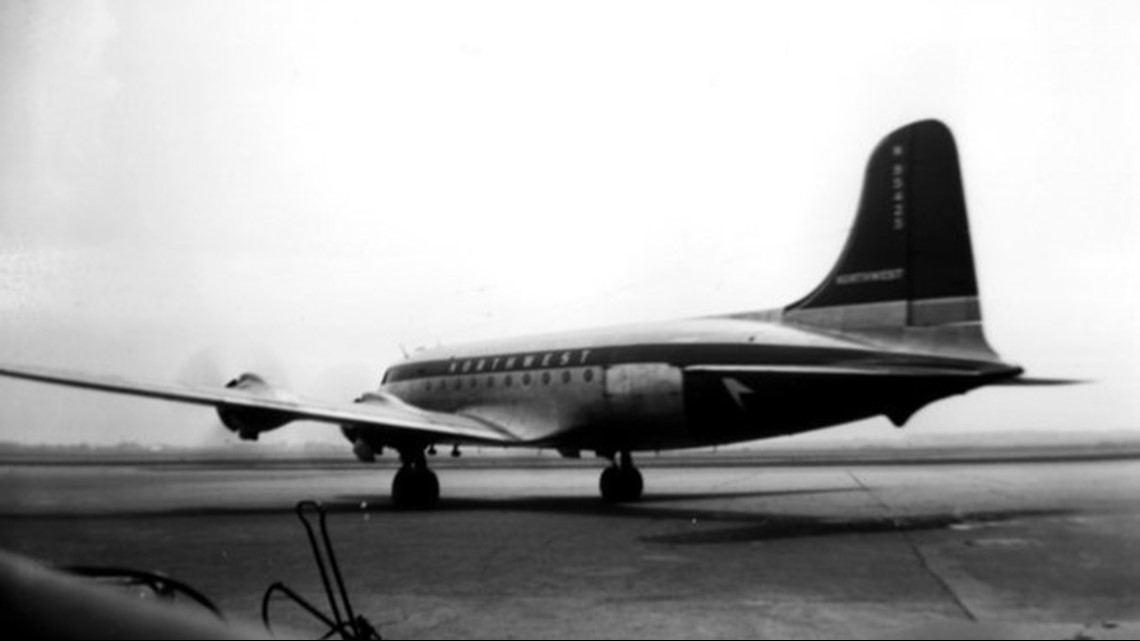
On June 23, 1950, NWA Flight 2501 - a DC-4 propliner - took off from New York City en route to Minneapolis, Minn. The flight path had Flight 2501 on a course that took it over Glenn, Mich., which is close to South Haven. Soon after it left the Michigan shoreline, and began traveling over the waters of Lake Michigan, it encountered a severe thunderstorm.
Flight 2501 crashed into the lake. Fifty-five passengers and three crew members all perished.
The incident marked the worst aviation disaster in the United States at that time.


In the days that followed the accident, debris from NWA Flight 2501 started washing up on the ebaches of South Haven.
Suitcases, clothing and human remains, were among the items that were recovered.
Six months after the disaster, the Civil Aeronautics Board (CAB) issued its accident report which indicated it had no conclusive evidence that would determine a cause for the crash, except that there was a storm in the area.
Family members, friends and loved ones of the victims of NWA Flight 2501 have been waiting 68 years for answers as to what really happened to the airliner that fateful night.
Flight 2501 Search by WZZM News on Scribd
►Make it easy to keep up to date with more stories like this. Download the 13 ON YOUR SIDE app now.
If you know of a story that should be featured on Our Michigan Life, send a detailed email to 13 On Your Side's Brent Ashcroft at life@wzzm13.com.

